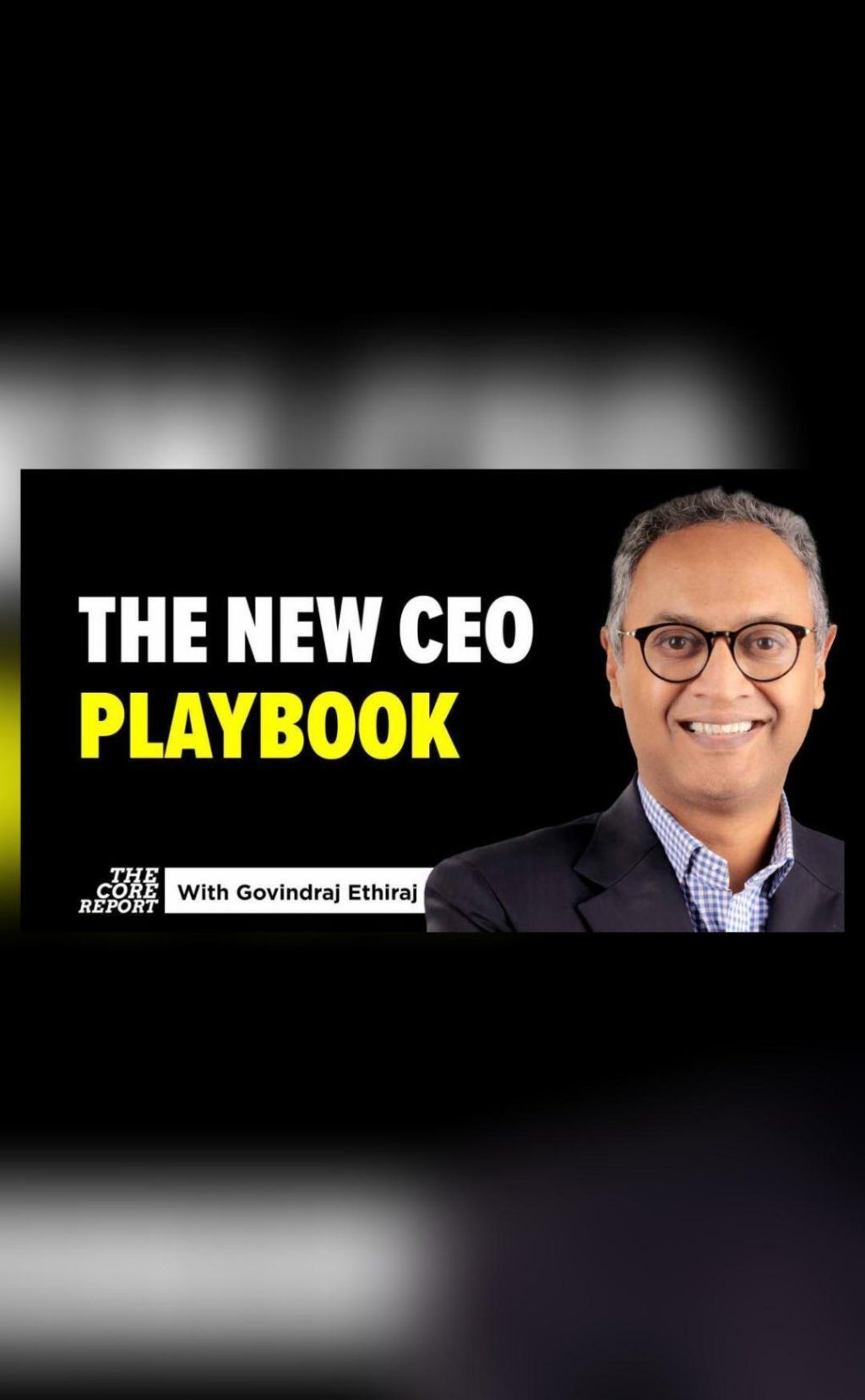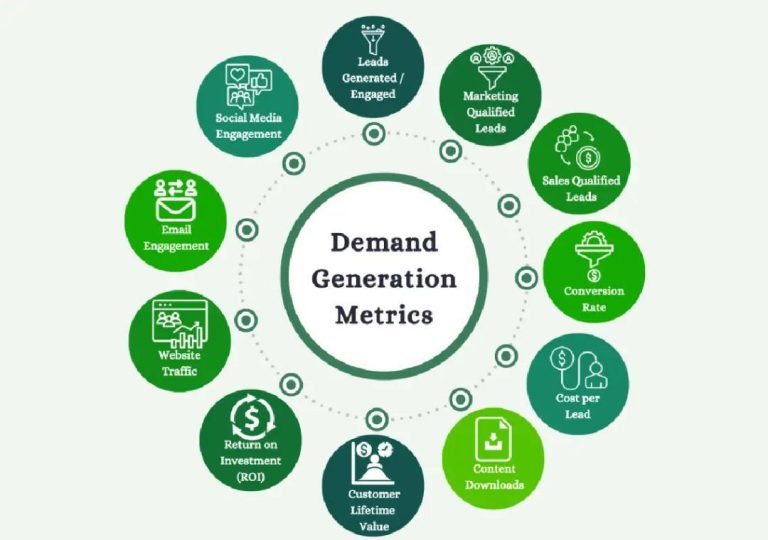
The New CEO Playbook: AI Pressures & Global Tariff Shocks
As AI reshapes industries and tariff shocks disrupt trade, global CEOs face unprecedented challenges. From internal pressures to automate and innovate, to external forces like shifting trade policies, business leaders must rethink strategy and operations. With no guarantee of stability, companies are being pushed to localise, adapt, and reconsider long-held business models.
The Rise of AI: A Double-Edged Sword
Artificial intelligence (AI) has brought about unprecedented opportunities for growth and efficiency. However, it has also created significant pressures on CEOs to adopt new technologies and processes. According to a recent survey by McKinsey, 80% of companies believe that AI will significantly impact their industry, but only 30% have a clear AI strategy in place. This gap between aspiration and reality is a major concern for CEOs, who must navigate the complexities of AI adoption while maintaining competitiveness.
One of the biggest challenges CEOs face is the need to upskill and reskill their workforce. As AI takes over routine tasks, employees must be trained to focus on high-value tasks that require human judgment and creativity. This requires significant investments in employee development and reorganization of business processes.
Another challenge is the risk of AI bias and discrimination. As AI systems are trained on historical data, they can perpetuate existing biases and discrimination. CEOs must ensure that their AI systems are designed and implemented with fairness and transparency in mind.
Global Tariff Shocks: A New Era of Uncertainty
The rise of protectionism and trade wars has introduced a new era of uncertainty for global CEOs. Tariffs and trade barriers are disrupting supply chains and creating uncertainty around global trade policies. According to a recent report by the World Trade Organization, global trade growth has slowed significantly in recent years, and trade tensions continue to rise.
The impact of tariff shocks on CEOs is twofold. Firstly, they must navigate the complexities of tariffs and trade agreements to protect their companies’ interests. This requires significant investments in trade compliance and risk management.
Secondly, tariff shocks are forcing CEOs to rethink their global supply chain strategies. As tariffs and trade barriers rise, companies are being pushed to localize their production and sourcing. This requires significant investments in new infrastructure, logistics, and workforce development.
The CEO Playbook: 5 Key Strategies
In the face of AI pressures and tariff shocks, CEOs must rethink their strategy and operations. Here are five key strategies that can help CEOs navigate these challenges:
-
Localize and Diversify: As tariff shocks disrupt global supply chains, CEOs must localize their production and sourcing. This requires significant investments in new infrastructure, logistics, and workforce development.
-
Automate and Innovate: AI is transforming industries, and CEOs must adopt new technologies and processes to stay competitive. This requires significant investments in employee development and reorganization of business processes.
-
Adapt and Respond: Tariff shocks and AI pressures require CEOs to be agile and responsive. This requires significant investments in real-time data analytics and scenario planning.
-
Build Partnerships and Collaborations: In a rapidly changing business environment, CEOs must build partnerships and collaborations to stay ahead of the competition. This requires significant investments in stakeholder engagement and relationship-building.
-
Rethink Long-Held Business Models: Tariff shocks and AI pressures are forcing CEOs to rethink their long-held business models. This requires significant investments in innovation and disruption.
Conclusion
The new CEO playbook is all about adapting to the rapidly changing business environment. With AI pressures and tariff shocks on the horizon, CEOs must rethink their strategy and operations to stay ahead of the competition. By localizing, automating, adapting, building partnerships, and rethinking long-held business models, CEOs can navigate these challenges and create a sustainable future for their companies.
Watch the full video on YouTube: https://youtu.be/0osLVVtj7tY
Source: https://youtu.be/0osLVVtj7tY






